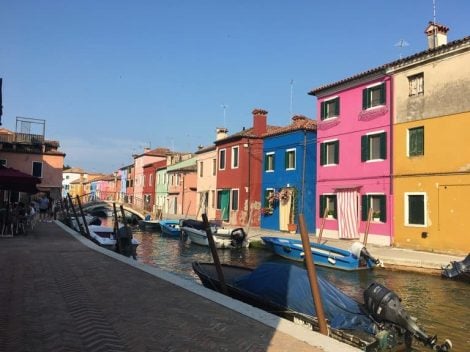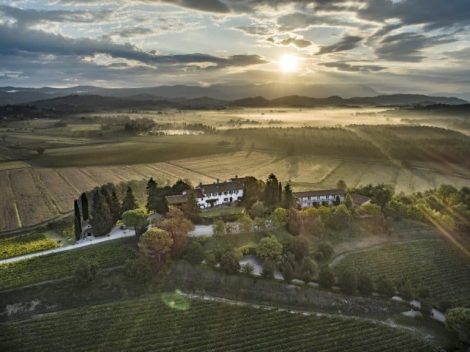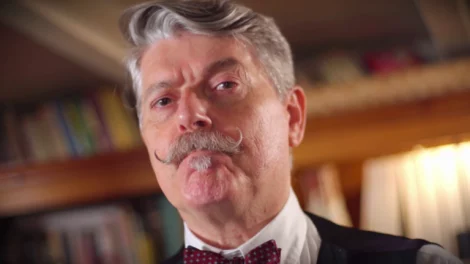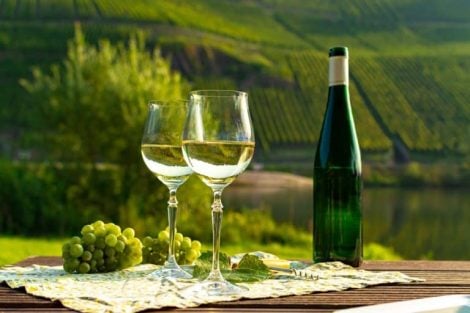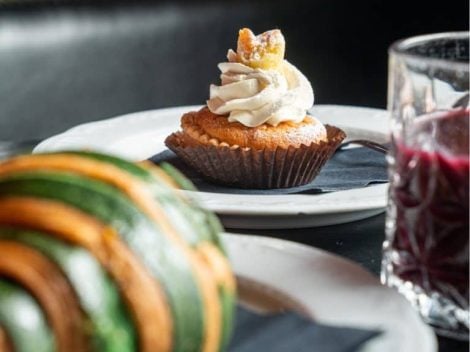From Ponte della Becca we already think of Pinot Noir. We leave behind the Po and Ticino rivers, which meet here, and set foot in Oltrepò Pavese. The bridge marks a break, creates discontinuity and prepares for a territory that is truly a beyond. Also from the wine point of view. We travel a couple of kilometers in flat terrain, segmented by the ubiquitous roundabouts, and then the hills emerge, entirely covered with vineyards.
We are in the cradle of Pinot Nero: more than 3,000 hectares of vineyards, the third area in the world for size of the most sensitive and capricious variety in the world, after Burgundy and Champagne. It's easy to get lost here: to appreciate this place it takes patience and time, but the taste of discovery is around the corner. Most of the best wines, here, are not part of the denomination. The cured meats - often worthy of a world championship - do not bear tags or labels, and are handled by small artisans. There are excellent truffles and sold at incredible prices, plus risotto is artfully made. But please keep it on the hush hush: Oltrepò is terribly loyal to its secrets! Despite achieving great results on the authorial restaurant dining front for some time.
Frontier land
Map in hand, we are talking about a South within the North: and this is so in many respects. For sure, it represents the southern part of Lombardy, an authentic crossroads on historical, social and cultural levels. To the east there is Emilia, in Stradella and in the Versa Valley the Emilian influence can be felt very well, starting from the way people talk, for their certain joie de vivre. In the center there is the Scuropasso Valley, with the Cigognola Castle guarding the middle ground. Then there's Casteggio, the historic core, a little further west the spoken cadence changes already. In fact we are now in Piedmont; going into the more inaccessible mountainous areas we touch Liguria. With so many hot rods under a single hat, it's difficult to find a common denominator. Well, one can be Pinot Nero, present everywhere and available in three main versions: Classic Method, Classic Method Rosé, Cruasé dream. Plus the declination in red. We neglect the fourth, as widespread, of Pinot Noir Frizzante, which still resists in bars and old-fashioned trattorias. Big, pointy bubbles. We are in the Po River Valley, the fizzy way of Italian wine, the Via Emilia, which acts as a glue between the different areas, with the productive fulcrum in the pre-Apennine hilly area. Valleys and streams are the units of measurement to tune into a panorama that is nothing short of complex and varied in terms of soil composition, altitude, exposure, rainfall. In principle, we must note a first distinction is between low and high Oltrepò. Pinot Nero for the reds is the protagonist in the first range, between 150-250 meter elevation. Going further up we find the ideal grounds for the sparkling wine bases. Among the many streams, there is one well imprinted in the mind of those who love big bubbles: the Versa. We cannot find a happier Italian territory for the great sparkling wines of the Alta Valle Versa.
The "casa del Pinot Nero"
“This is the home of the Pinot Nero. The phenolic maturation is perfect, with marked acidity and perfect alcohol balance, low pH and mineral verve", says Francesco Cervetti, winemaker who for many years followed the production of La Versa, one of the symbolic cooperatives of the area, founded back in 1905 and brilliantly led in the 60s-80s by the Duke Massimo Denari, one of the fathers of Italian sparkling wine. Traveling often to France, he understood that in Oltrepò, and in Italy in general, there were no numbers and impact strength enough to compete with Champagne. He dreamed of a single denomination for the Italian Classic Method produced with the grapes of Oltrepò, Franciacorta and Trento, the characteristics were perfectly complementary to each other. On the chessboard, Oltrepò was the hypothetical Aube in terms of style: power, structure and acidity. Today's numbers? Still the sore point. In Oltrepò the Classic Method does not exceed 800,000 bottles, against 18 million in Franciacorta and 9 million in Trentodoc. Champagne travels around 330 million bottles per year. Yet there's so much beauty in the bottle.
Intertwined with the happenings of the Vistarino family, is a native of the Scuropasso Valley: Fabio Marazzi. «The so-called 7 Piedmontese sisters came here and took away the raw material: our oil, our gold. Before, we went around the world with the names of others. Today we go out with our brand and our own label». Roccapietra, the name of the Classic Method line, was born from the merger of Rocca de' Giorgi and Pietra de' Giorgi in order to summarize the territorial sense of belonging. Here Pinot Nero takes on more fleshy traits, a maturity that gives it a more enveloping consistency, more flavour than tension, more bright red fruits. It rains less than in the Versa Valley. «These Pinot Nero vineyards are a heritage, they do everything by on their own, the ripening is perfect. For the harvest, better one day more than one day less, with a long rest on the yeast, from 48 to 60 months, no final sulfur. Simple things, done well», Fabio says. In his bubbles we sense truth and territory. We continue the journey to Casteggio to meet another long-established winery, founded by Angelo Ballabio in 1905. «For me, pinot nero is a diamond in the rough. We have decided to produce only Classic Method, working to enhance its finesse, preserving acidity and drinkability. Here in the Valle del Coppa there are many white soild, in the Calvignano area there is a limestone vein that recalls the Versa Valley», says Mattia Nevelli of Ballabio with passion. The former Berlucchi winemaking center has become a beacon for the production of the Oltrepò Classico Method: increasing numbers and quality, at hyper-advantageous prices.
Market in constant rise
Only a few kilometres and we are the flagship company of the typology thanks to the intuitions of Carlo Boatti who founded it in 1959. «The Pinot Nero from Oltrepò is crisp, decisive and structured. Among the first we believed in the zero dosage, it was 1982. We went from 20,000 bottles to over 120,000 with this type. We have launched a trend», say Pierangelo Boatti of Monsupello, proudly. He found in the winemaker Marco Bertelegni one of the greatest interpreters of the Classical Method in Italy. Again, requests continue to increase, the trend is clear. And the quality improvements are also evident in regards to the pink version. «At the beginning we thought a lot about colour and maceration. Today we do a soft pressing and vinification almost in white, only flower must and steel, no oak», explains Luca Bellani, who found his way precisely on rosé bubbles with long refinements. Slowly, even those stubborn from overseas are giving in to the evidence: Pinot Nero is the future. It expresses all the complexity of the territory, gives identity and value, finding a character of great personality and freshness in various variations. It's time for redemption: «The Oltrepò has been a large container at the service of bottlers for too long. We need to rebuild the agricultural supply chain and the value chain to make the values of the land grow, they are our wealth», summarises Francesco Cervetti. Aim high and head down.
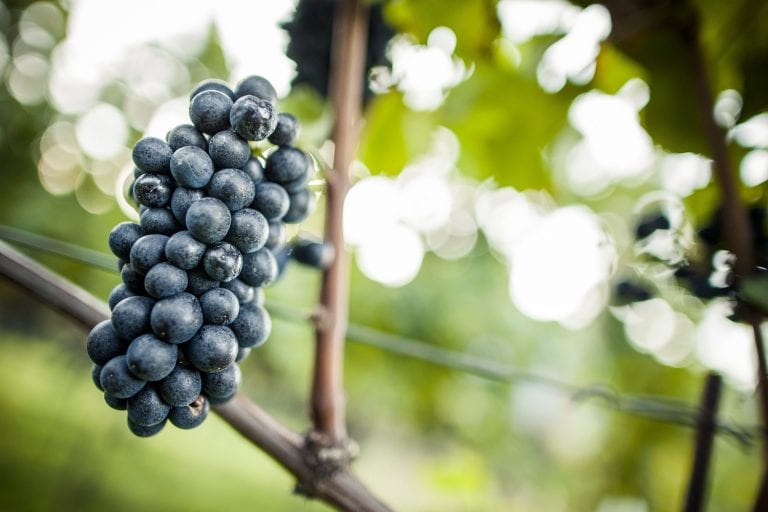
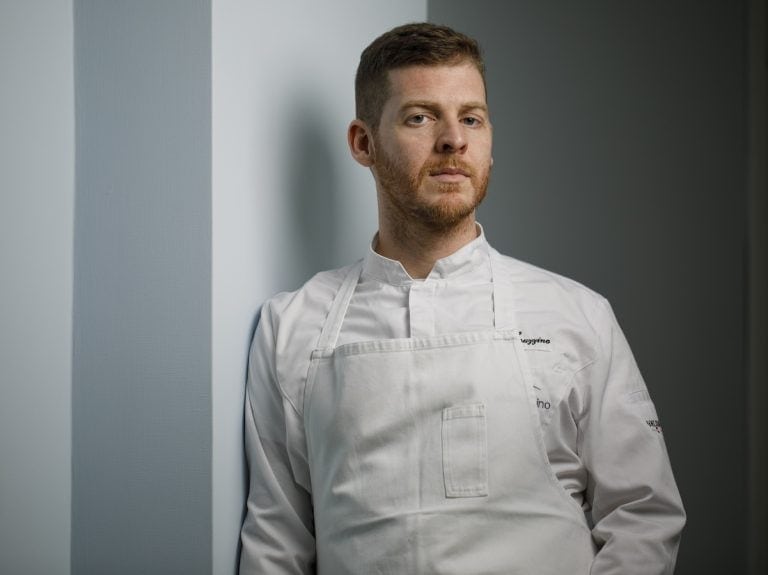 A new upscale restaurant in a museum: this time in Calabria
A new upscale restaurant in a museum: this time in Calabria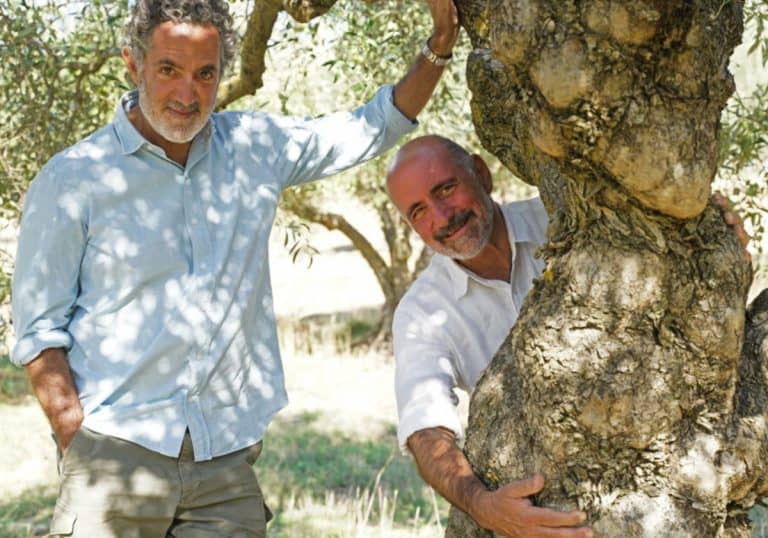 In Sicily, a company produces high-quality oil with cutting-edge agronomic and extraction technologies
In Sicily, a company produces high-quality oil with cutting-edge agronomic and extraction technologies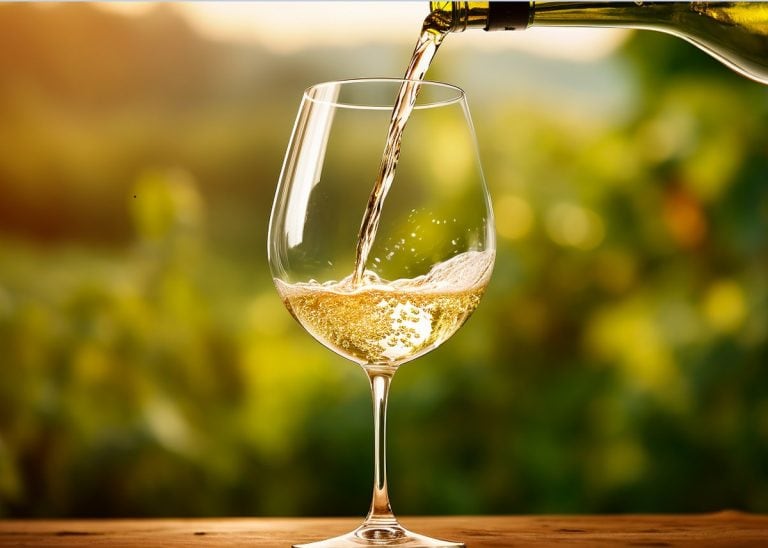 What wines do Italians love? Here are the favorite wine regions according to consumers
What wines do Italians love? Here are the favorite wine regions according to consumers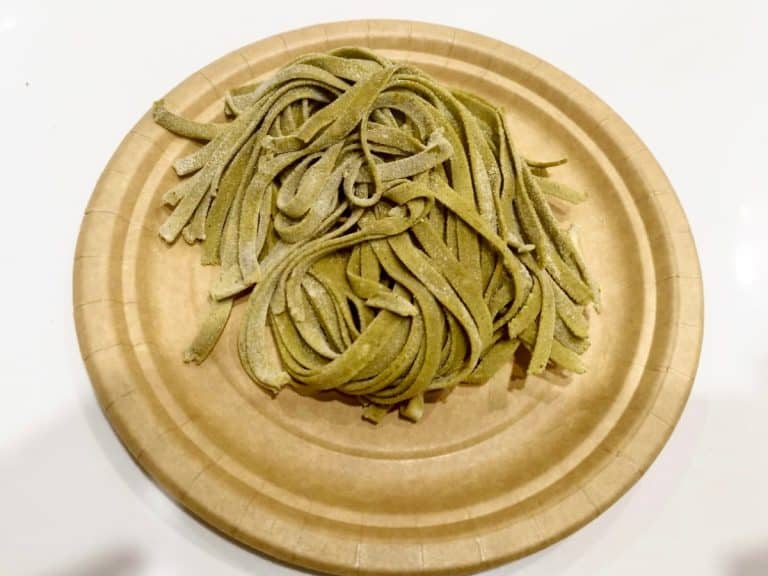 We discovered the first pasta made from olive leaf flour, it's fantastic and it comes from Ascoli
We discovered the first pasta made from olive leaf flour, it's fantastic and it comes from Ascoli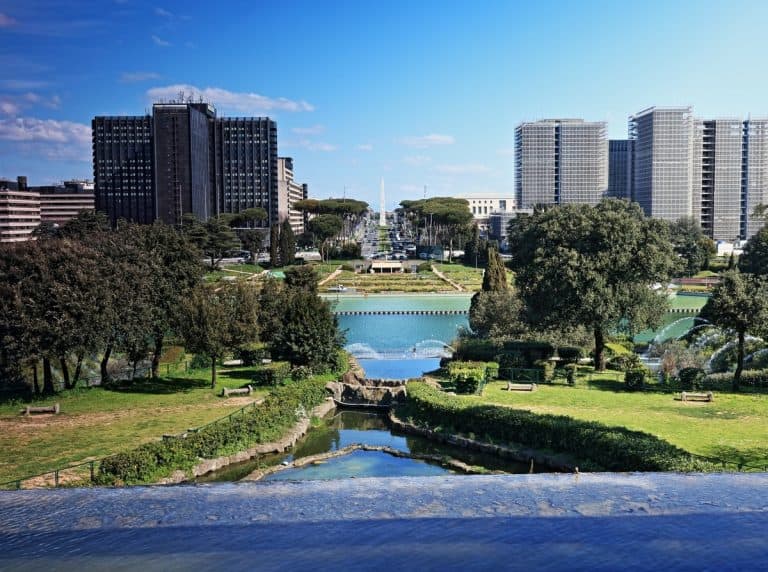 Where to eat around the Eur lake in Rome
Where to eat around the Eur lake in Rome